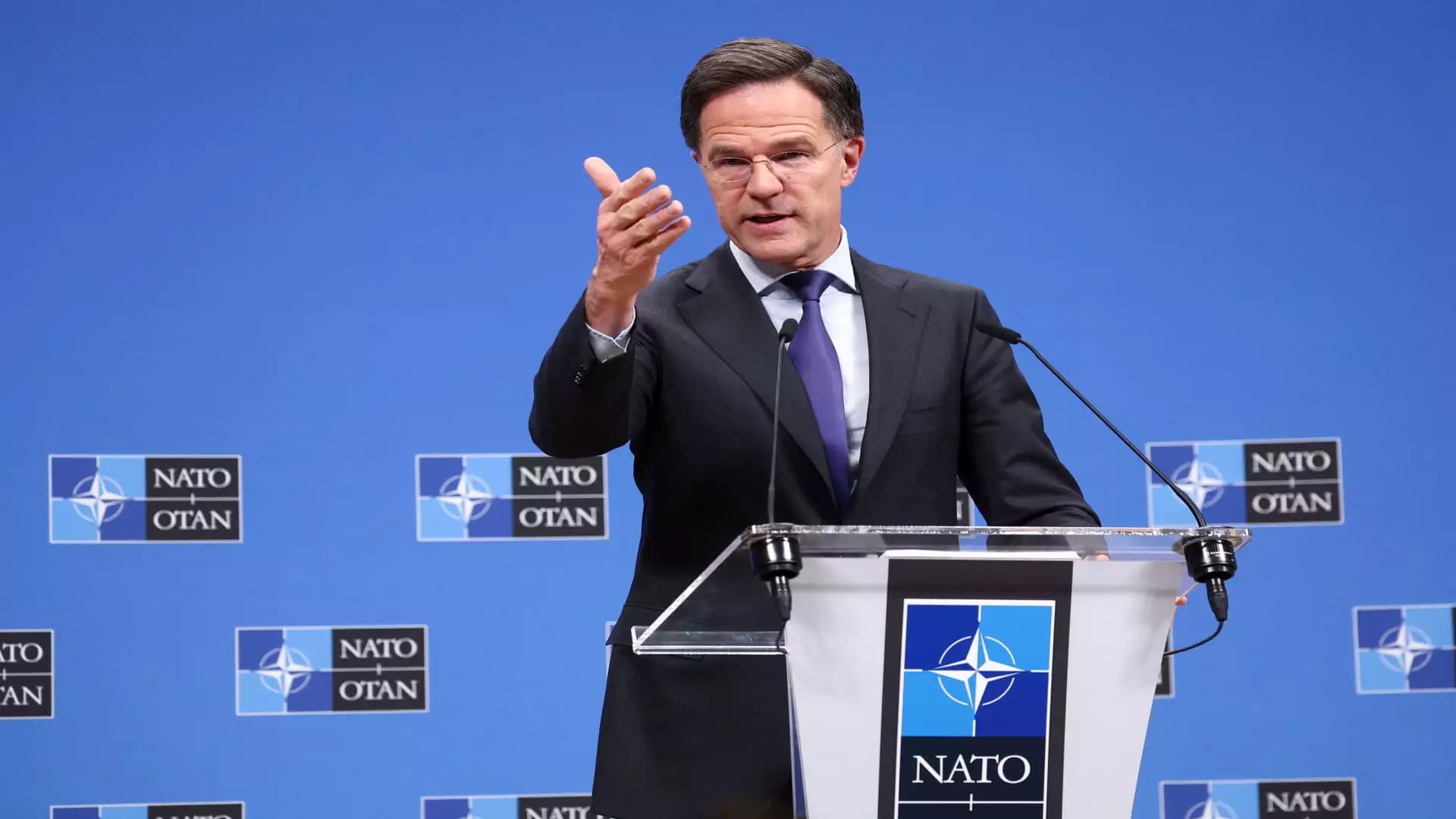As geopolitical tensions escalate and the landscape of international security shifts, NATO finds itself at a critical juncture. With rising challenges from adversaries like Russia and shifts in U.S. foreign policy under varied leadership, NATO’s member nations must confront a pressing need for unity and increased military investment. Mark Rutte, the NATO Secretary General, recently articulated the urgent expectation for European allies to move beyond mere grievance and proactively contribute solutions during his address at the Munich Security Conference. His remarks underline a growing sentiment within the alliance that calls for renewed commitment to defense spending and strategic involvement.
Rutte’s assertion that European members should stop complaining and instead offer concrete solutions reflects a broader frustration regarding defense spending. For years, NATO has grappled with the disparity in military investment among its members. The 2014 agreement that established a benchmark of allocating at least 2% of GDP to defense remains unmet by several states. This disparity not only undermines the alliance’s collective strength but also fosters sentiments of dependency among European nations on U.S. military capabilities.
The implications of this imbalance have only been exacerbated in the aftermath of President Trump’s term, during which NATO was under significant scrutiny. Trump’s administration’s criticisms of NATO allies not meeting spending targets generated friction and unease. His recent comments suggesting a potential new target of 5% of GDP for defense signify a call for heightened accountability, challenging European allies to further elevate their contributions.
In a striking observation during the Munich event, U.S. Senator Lindsey Graham remarked that Russian President Vladimir Putin has inadvertently united NATO by necessitating increased military expenditure through his aggressive actions in Ukraine. This comment highlights a crucial turning point: while Putin’s military maneuvers have posed a significant threat, they have also galvanized NATO members toward enhancing their defense capabilities. Thus, the unfolding conflict has transformed into a catalyst for rallying allied nations to fortify their military commitments.
Graham’s assertion of a “serious miscalculation” on Putin’s part underscores the misjudgments made by the Kremlin regarding NATO’s resilience and willingness to adapt. The reinforcement of NATO’s military readiness and the increase in defense spending signal a turning tide against external aggressions, ultimately aiming to enhance collective security.
As Rutte hinted at an upcoming NATO summit in The Hague with a focus on new defense spending benchmarks, discussions about concrete figures have become increasingly critical. The Secretary General’s suggestion that spending would surpass the current target indicates a shift toward a more robust military framework. However, the question remains whether member states are prepared to commit the necessary resources. With the rising bar likely sitting at considerably more than 3%, there needs to be a tangible political will among all member nations to mobilize their budgets effectively.
The substantial increases in defense budget allocations across NATO nations since the past few years shows a clear, albeit uneven trend. In 2018, only a mere six countries managed to meet the 2% benchmark. Fast forward to projected estimates for 2024, and that number rises to 23, signaling both a response to external threats and a recognition of the urgent need for comprehensive military readiness.
The challenges facing NATO require a collective response rooted in shared responsibility. Members must shift from a passive stance of complaint to an active commitment to defense and security initiatives. As the geopolitical theater becomes more complex, European NATO allies must embrace Rutte’s call to equip themselves adequately to counterbalance threats, reaffirm their dedication to the alliance, and foster a unified approach to enhancing global security. Effectively addressing these issues will determine not only NATO’s future but also the stability of Europe and its allied nations in an increasingly unpredictable world.

